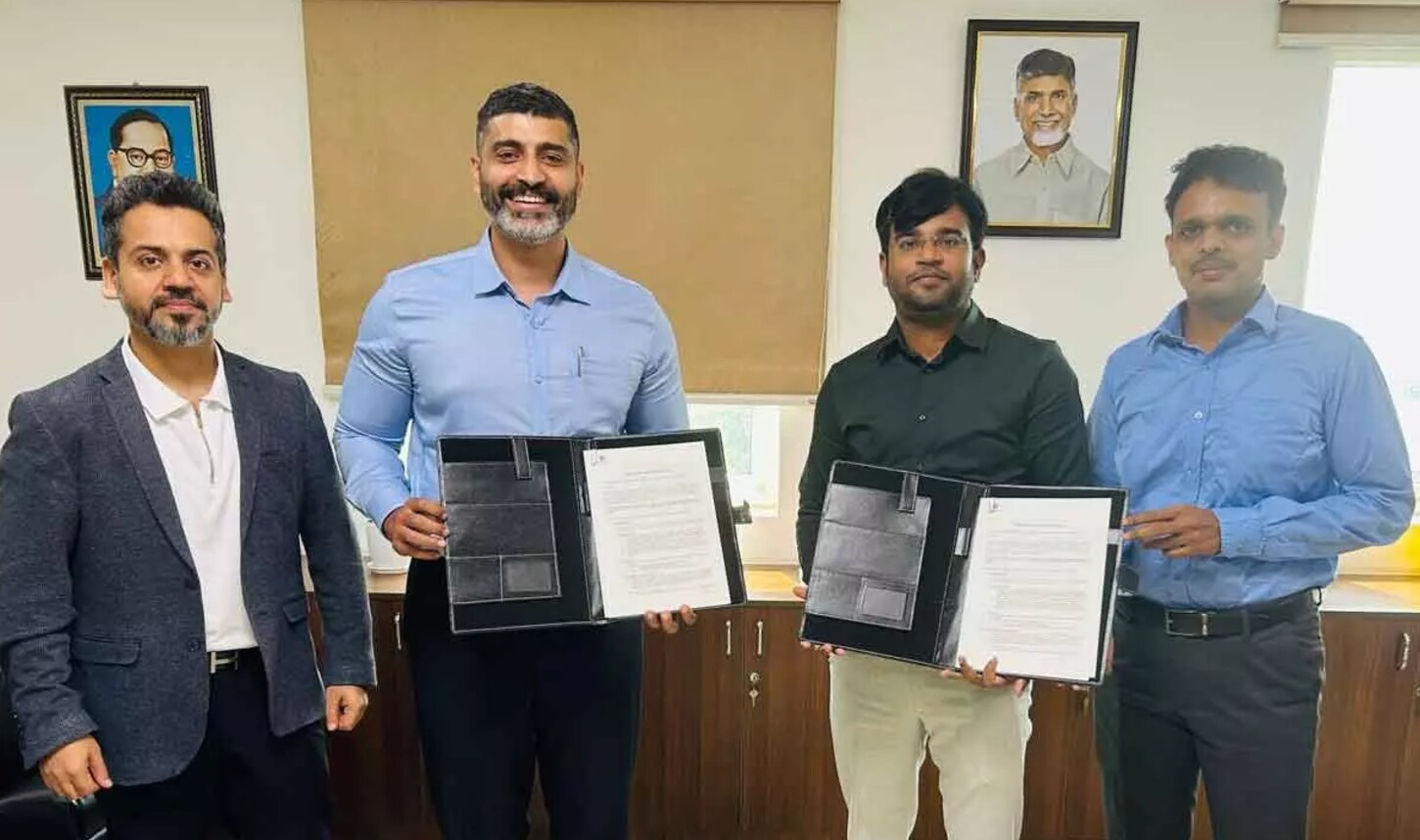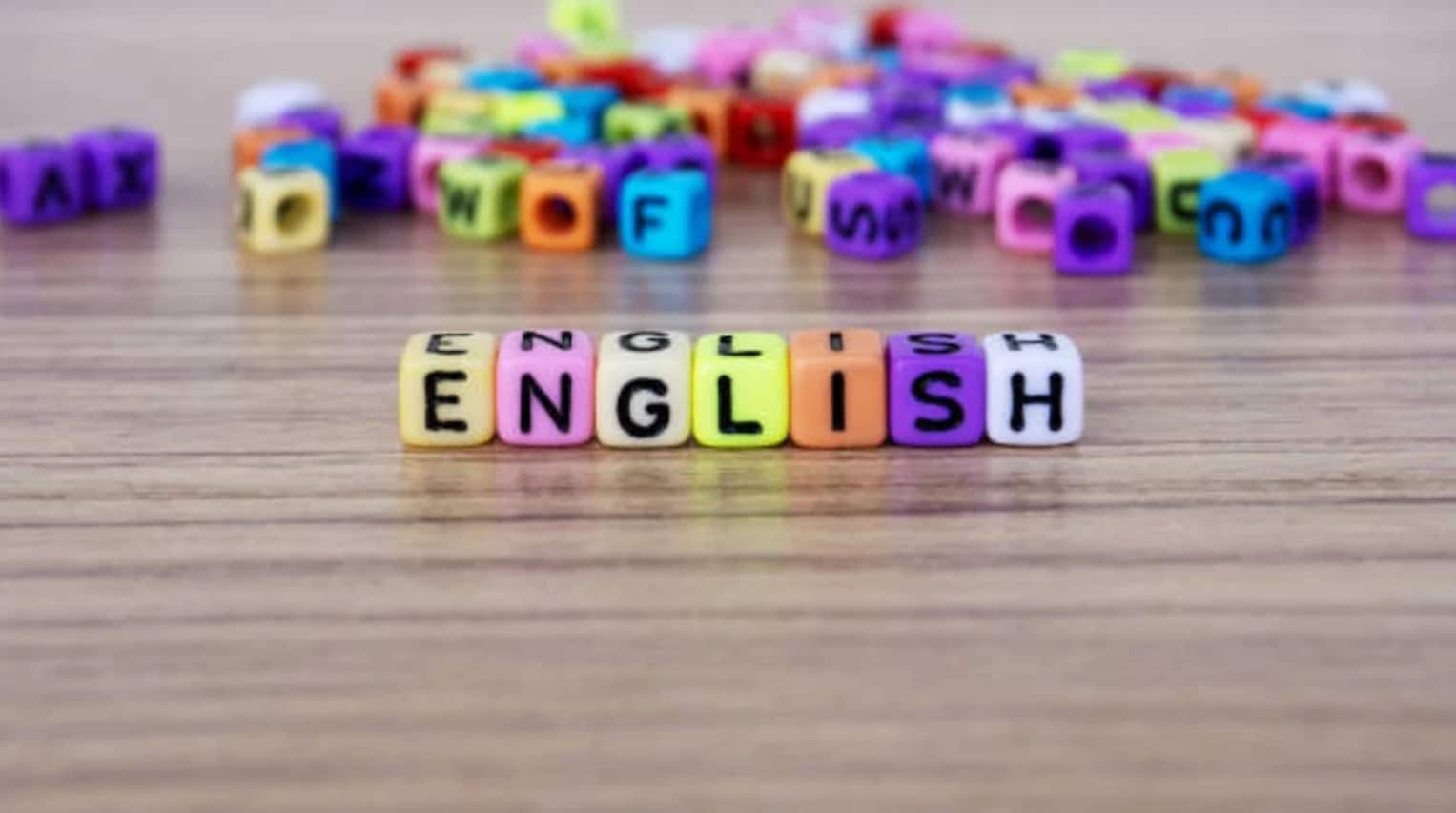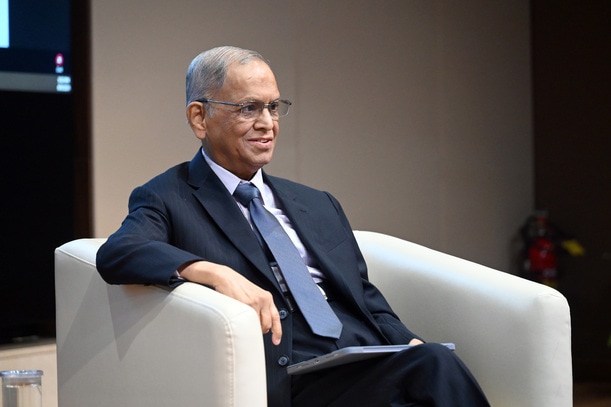Global learning firm Pearson is looking to double down on growth in India, which is among its top three focus markets globally, a top executive of the company said.
The UK-headquartered firm is set to launch its AI-enabled online language learning app, Mondly, and its professional counterpart, MondlyWORKS, in India in January next year to offer language learning solutions for individuals and businesses.
“India, being one of the greatest growth engines in the world, is one of our top three focus markets for the future globally. We have always done well in this country and we have been very pleased with the performance of the India business and its growth,” Giovanni Giovannelli, president, English Language Learning at Pearson, told Business Standard.
The company is seeing a huge growth opportunity in English language learning, assessment and testing, and higher education.
“India is where we see a lot of opportunity due to the population dynamics, the need for skilling, room for growth in higher education, and the importance of the English language and other disciplines as well,” he added.
Pearson entered the Indian market 25 years ago, offering textbooks and printed course materials. Cut to today, other than its flagship English language proficiency tests, the company offers courseware across disciplines such as STEM, Engineering, Business, and Social Sciences, among others.
It also provides vocational and skilling courses, and test preparation content for exams like JEE, NEET, UPSC civil services, etc.
According to Giovannelli, most of Pearson’s growth in India has come on the back of partnerships with companies and institutions, and the company is looking to scale these partnerships further.
“We will continue to invest in the high stakes testing space – we have 66 (testing) centres in India and are opening more… In the English language space, the corporate opportunity is big. We have a relationship with many Fortune 500 companies in the US, and also companies here. And in the institution space, we are present in many schools and higher education institutions and we want to grow that business,” he added.
Talking about the use of artificial intelligence, Giovanelli said Pearson has been using AI in their products for nearly three decades.
“The way you grade assessment is informed by human raters. For instance, it is informed by a machine that is trained by those human raters. So, there is always human intervention and oversight, but the machine helps us score in a much faster way. That’s the way we started working on AI decades ago,” he explained.
Pearson is now also integrating generative AI into its operations.
“GenAI has the ability to create highly specialised and personalised content at a much faster pace. While we still have our authors and rely on them, at the same time, their generation of content can be made much simpler and more intuitive using AI,” he added.
Pearson’s bullishness on India comes at a time when the Indian edtech sector is showing signs of recovery, after being battered by the so-called funding winter.
Edtech major Byju’s – once the poster child of the Indian startup world – has recently seen its fortunes dwindle due to a spate of regulatory issues and disputes with many investors, triggering the firm’s insolvency.
Meanwhile, edtech companies with strong business fundamentals are now rekindling investor interest. In September, Noida-based PhysicsWallah (PW) raised a massive $210 million series B funding round, with its post-money valuation increasing 2.5-fold to $2.8 billion. A month later, executive education firm Eruditus raised $150 million in a series F round at a $3.2 billion valuation.
Both companies have since announced plans to roll out initial public offerings (IPO) in the near future, bolstered by the current buoyancy in India’s public markets.
“We have been in business for 185 years, so we have the benefit of not being too worried about the ebbs and flows of the stock market. We are here to stay,” Giovannelli said.
“These cycles often lead to hypes in valuation – some companies project hitting incredible expectations and then have a doom cycle. We don’t worry much about that. We want to do things in a very consistent and scalable way to better serve our customers, because, we believe, this is what drives long term value,” he added.
About Pearson
At Pearson, our purpose is simple: to add life to a lifetime of learning. We believe that every learning opportunity is a chance for a personal breakthrough. That’s why our c. 18,000 Pearson employees are committed to creating vibrant and enriching learning experiences designed for real-life impact. We are the world’s leading learning company, serving customers in c.200 countries with digital content, assessments, qualifications, and data. For us, learning is not just what we do. It’s who we are.
Visit us at: www.pearsonplc.com
For more information, please contact: Bhavya Suri, PR & Corporate Affairs,
Pearson India & MENA - bhavya.Suri@pearson.com
Read More/Business Standard
read more









